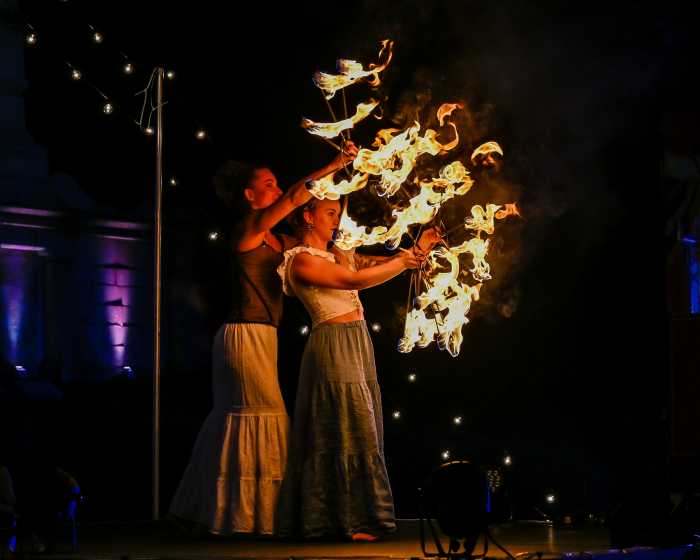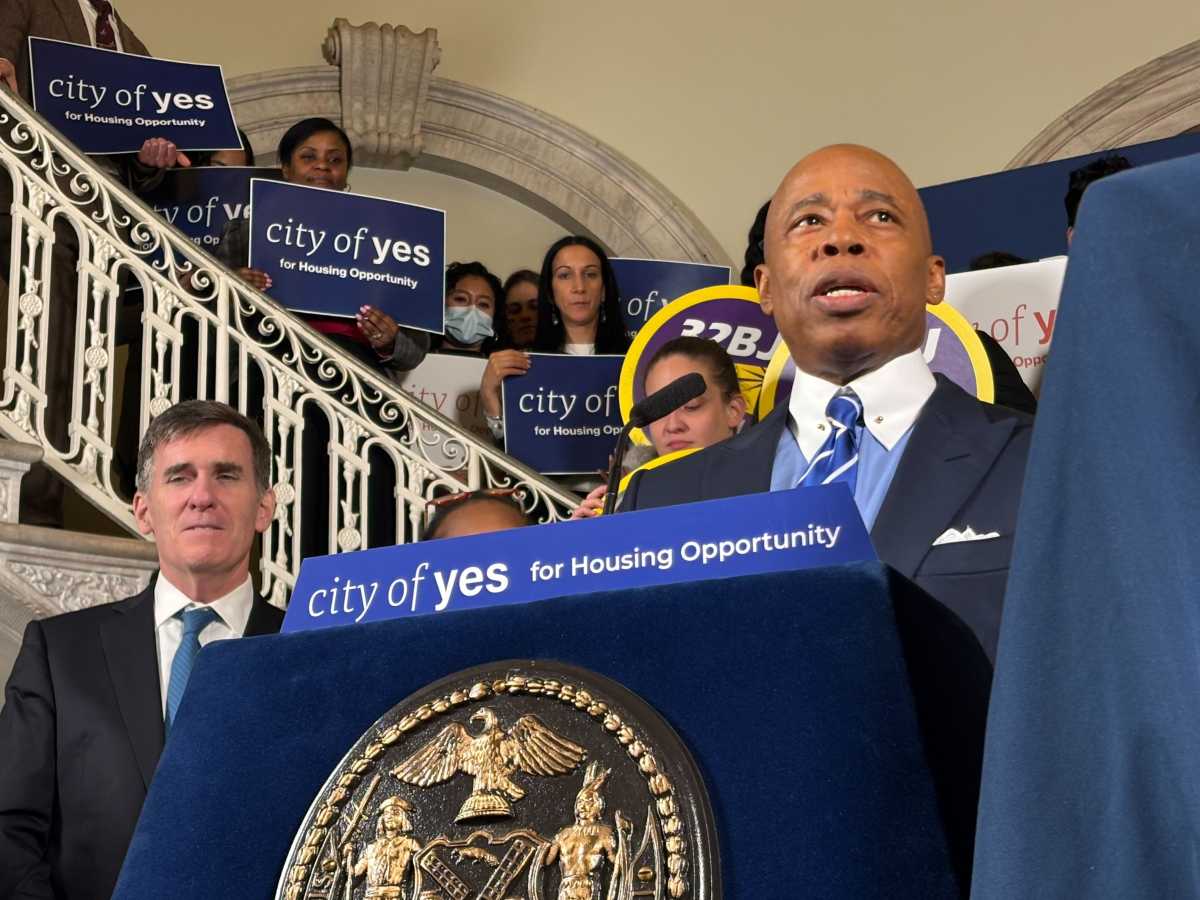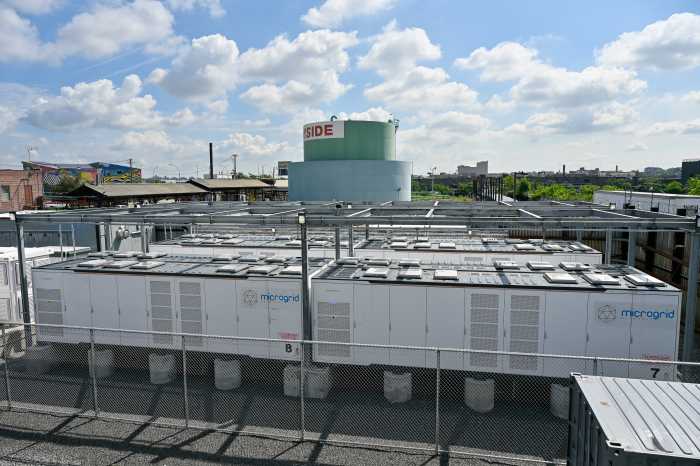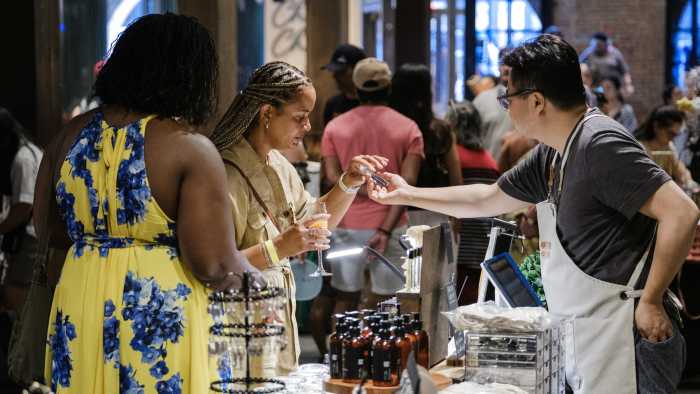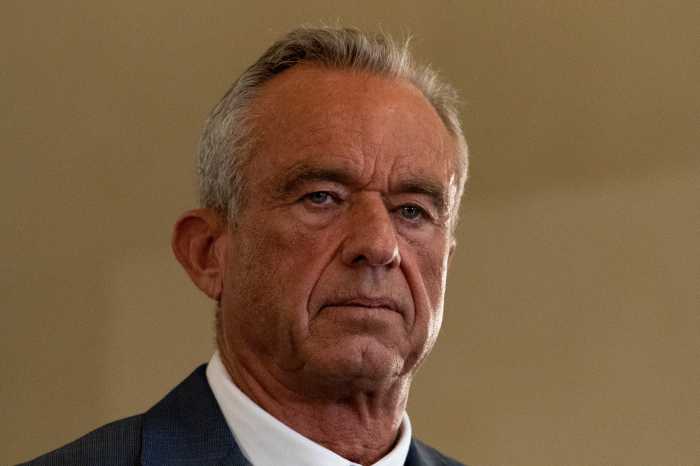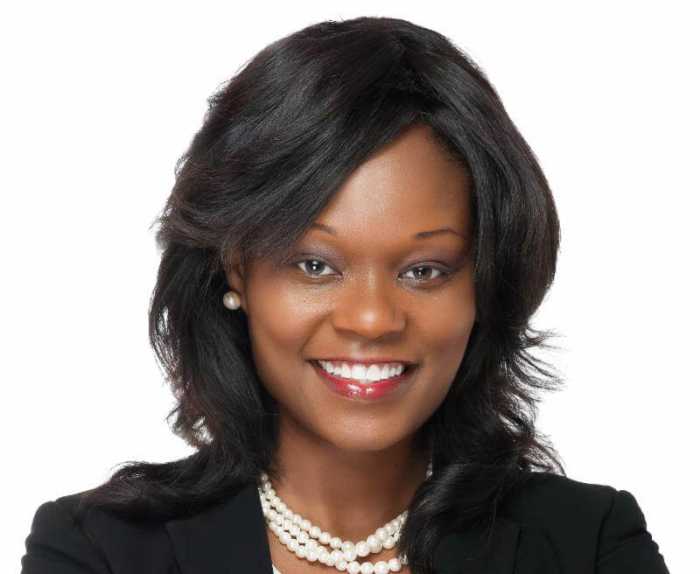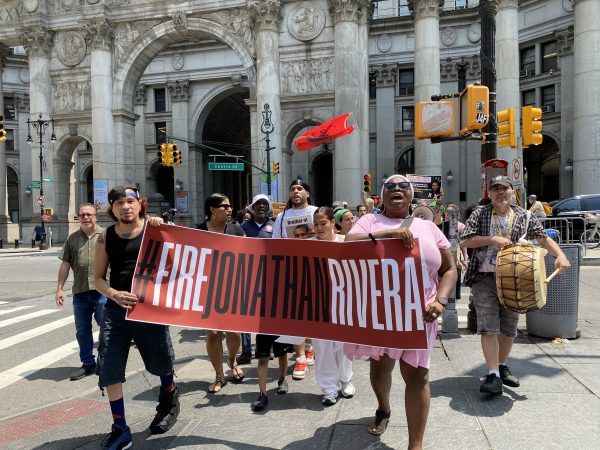Responding to community pressure, the Brooklyn Bridge Park Development
Corporation this week announced plans to present their new park design
in a town hall-style public meeting.
The state authority charged with planning the park will present its new
design at meeting co-sponsored by Community Boards 2 and 6 at Borough
Hall on Thursday, Feb. 10, at 6 pm, according to BBPDC officials.
At the same time, an alliance of neighborhood associations came together
to draft a letter objecting to a park-planning process they viewed as
exclusionary. The letter included signatories of neighborhood and civic
organizations representing Brooklyn Heights, DUMBO, Vinegar Hill, Boerum
Hill, Cobble Hill, Columbia Street, Fulton Ferry Landing and both the
Atlantic Avenue Local Development Corporation and Betterment Association.
“Most of us recall the extensive and much admired public outreach
process which led up to the 2002-2003 Brooklyn Bridge Park Concept Plan,”
the letter reads.
In 1999 and 2000, a series of planning workshops, open to the general
public were held by the park planners who solicited ideas on what components,
both revenue-generating and not, should go into the park.
“This process was guided by community representatives, extensive
community input and the 13 Guiding Principles,” the letter continues.
“[T]he current plan, which you have chosen to present only to selected
community members, varies significantly from the Concept Plan and many
of the Guiding Principles. These extensive changes to the park plan require
a new period of study and comment to gauge the communities’ reaction
to the changed plan and to determine whether the scope of the upcoming
EIS should be revised.”
The groups urged BBPDC President Wendy Leventer to hold two four-hour
public meetings to openly discuss the plans, and two additional planning
meetings with neighborhood representatives to consider alternative revenue
sources and designs, revise the scope for an Environmental Impact Statement
(EIS), and commit to completing the EIS with community involvement.
Jo Anne Simon, 52nd Assembly District Democratic district leader, who
also signed the letter, said the coalition of community activist groups
met to address what each individually found troublesome in the drastically
altered plans for a park and commercial development along 1.3 miles of
the DUMBO-Vinegar Hill, Brooklyn Heights and Cobble Hill waterfront.
“The public process appears to have been lacking recently,”
Simon said. “People have lots and lots of questions, and whether
people like or dislike aspects of the proposal they’ll at least understand
it better.
Until the announcement of the town hall, the community boards had been
all but ignored in the park planning process since Leventer took over
as head of the BBPDC last March. Since December, Leventer and lead park
designer Michael Van Valkenburgh have shown select community members —
but no official representatives of the community boards — their revised
plans for the park, which include mostly green space out on Piers 1-5,
the inclusion of Pier 6, market-rate co-op apartment buildings, a marina
and the removal of a Chelsea Piers-like sports and recreation facility.
“They should’ve certainly included the community boards,”
said state Senator Martin Connor, a long-time sponsor of the park effort.
“I’m surprised that they didn’t.
“When they first talked about it, and were talking to the elected
officials, we asked when it was going to be shown to the community. They
didn’t seem to have it scheduled, but we told them they had to. Once
a week or two goes by people feel like they’ve been excluded.”
Which is more or less what happened.
Councilman David Yassky, who represents Brooklyn Heights, Downtown Brooklyn
and DUMBO, said community boards should have been included early on.
“I am concerned that there has not been enough consultation with
— if it’s really true that community boards 2 and 6 have not
been consulted, I think that’s problem enough,” said Yassky.
“The park should be designed to serve the people who live in north
Brooklyn, and not the development community,” Yassky said. “And
I’m worried that if you leave the community representatives out of
the process you end up skewing the park much in favor of development.
So I do have concerns.”
Leventer said the reason only smaller groups have been invited to view
the plan privately so far was an effort on her part to be inclusive, not
elusive.
“We’re happy to have a big meeting open to the public,”
she told civic leaders at Van Valkenburgh’s Manhattan offices Tuesday,
“but you all represent neighborhoods. If you have 500 people in a
room, I think you all agree it would be much harder to have this discussion.
We’re certainly happy to show it to the public.”
Leventer added that changes to the design would continue to be discussed
in smaller meetings, with select community representatives.
But Murray Adams, president of the Cobble Hill Association, argued that
he alone couldn’t represent the viewpoints of all his members, and
wished there was a way they could view the plans. Van Valkenburgh said
that because the plans were a “work in progress” they had nothing
to hand out in the way of visuals.
Both Van Valkenburgh and Leventer have denied repeated requests by The
Brooklyn Papers to photograph their model of the park and its components,
even at meetings were a reporter was invited
“Cobble Hill is not a monolithic neighborhood,” fumed Adams
after the meeting. “Brooklyn Heights is not a monolithic neighborhood.
I can’t represent each person in my neighborhood.”
Leventer assured the group present Tuesday that there would also be a
large public display of the park plans after any revisions had been made
due to community input, at some point in February. After that, the EIS
would commence, she said.
“The idea would be that in a while, we’ll have a meeting in
some central location and everybody will be invited,” Leventer said.
Pointing to the full-scale model of the park plans, she said, “This
thing is not so portable, and we need it in a big room. If you want us
to show it for two days, we’ll show it for two days. If you want
three days, we’ll do that, too.”


